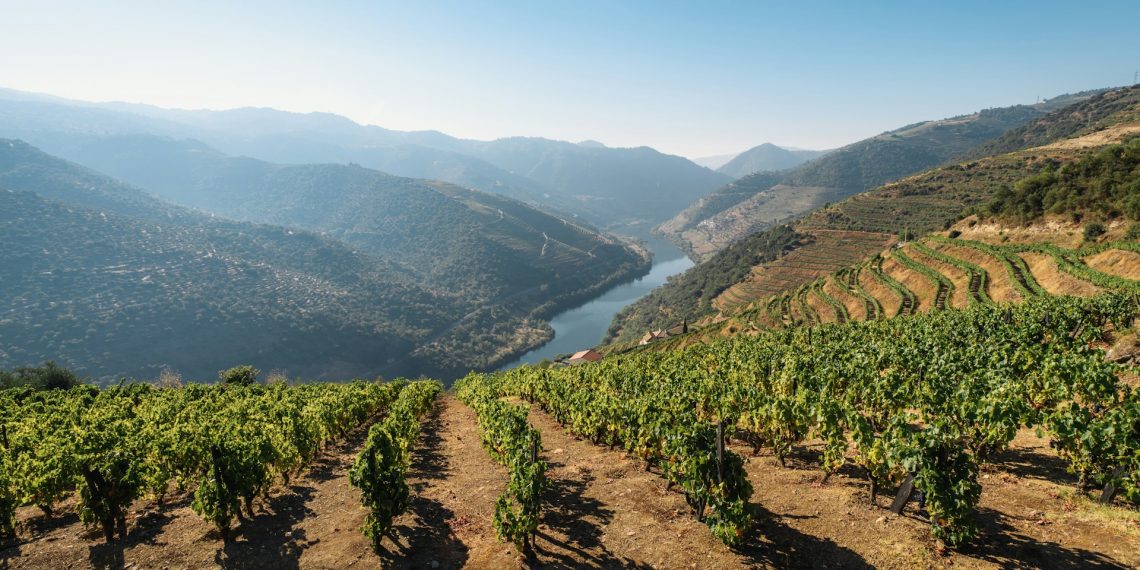Portuguese wine, Spanish honey, Greek olive oil, German meat, Nordic dairy and fish – what do they all have in common? They’re all part of WATSON, a project bringing blockchain, Artificial Intelligence, computer vision, sensors, and geolocation systems to the table to improve the traceability of food products and help advance information and prevention to tackle fraud.
In late April, INESC TEC hosted the consortium meeting in Porto – including 44 partners from 19 countries working together to test technologies aimed at improving the safety of food value chains while increasing consumer trust. The goal is to research and develop accessible and reliable technologies that can be easily adopted across different value chains.
“At the last consortium meeting, we reviewed the development status of the different technologies, focusing on their integration into the various pilot-projects that formally began in April. INESC TEC presented a prototype application to assist visually impaired users with wine analysis, as well as sensors to be used in vineyards,” explained Pedro Miguel Carvalho, a researcher at INESC TEC.
The technologies developed by the project are being applied at various points along the food value chains. In the Portuguese use case, the focus is product traceability – from the vineyard to the final production of wine. One of the major concerns is the inclusion of grapes from outside the Protected Designation of Origin (PDO) regions. These low-cost grapes, sourced from other regions, end up harming local producers.
To protect them and raise consumer awareness – ultimately building confidence in what they’re buying – the consortium is developing technologies to track the origin of the grapes and estimate harvest volumes using sensors. This information is stored using blockchain infrastructures, with mechanisms to retrieve and present relevant data as a “digital passport.”
The goal is to monitor the “journey” of the grapes and the conditions they face. Did the transport truck deviate from route? Did it stop for too long? Were there any unusual environmental conditions?
In the last week of April, the consortium visited Quinta do Seixo, owned by project partner Sogrape, where the Portuguese pilot is being installed and demonstrated. “We were able to observe the production process, understand the underlying issues, and watch the planned technologies. In the upcoming months, the pilot will continue with the testing and improvement of technologies, until the harvest and wine production stages,” added the researcher.
The WATSON project – A holistic frameWork with Anticounterfeit and inTelligence-based technologieS that will assist food chain stakehOlders in rapidly identifying and preveNting the spread of fraudulent practices – began in March 2023. It is funded by the European Commission’s Horizon Europe programme, with a budget of over €11M, and is set to conclude in 2026.
The researcher mentioned in this news piece is associated with INESC TEC.



 News, current topics, curiosities and so much more about INESC TEC and its community!
News, current topics, curiosities and so much more about INESC TEC and its community!